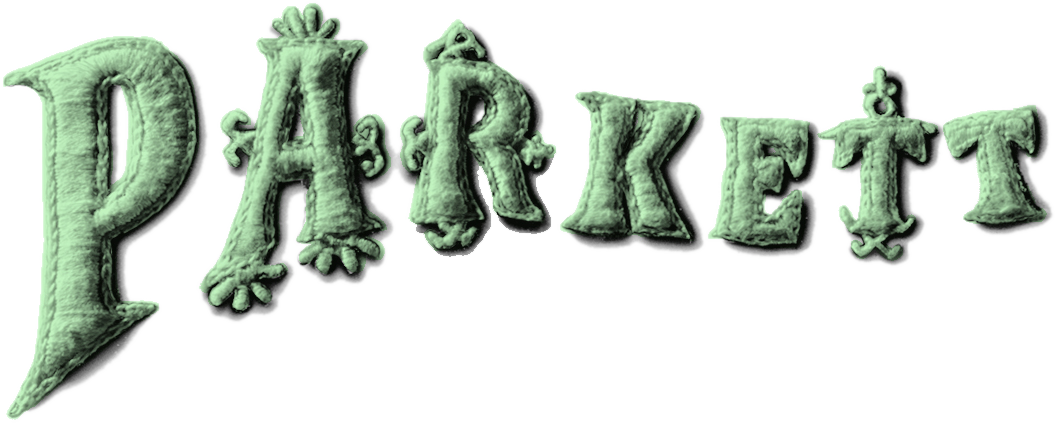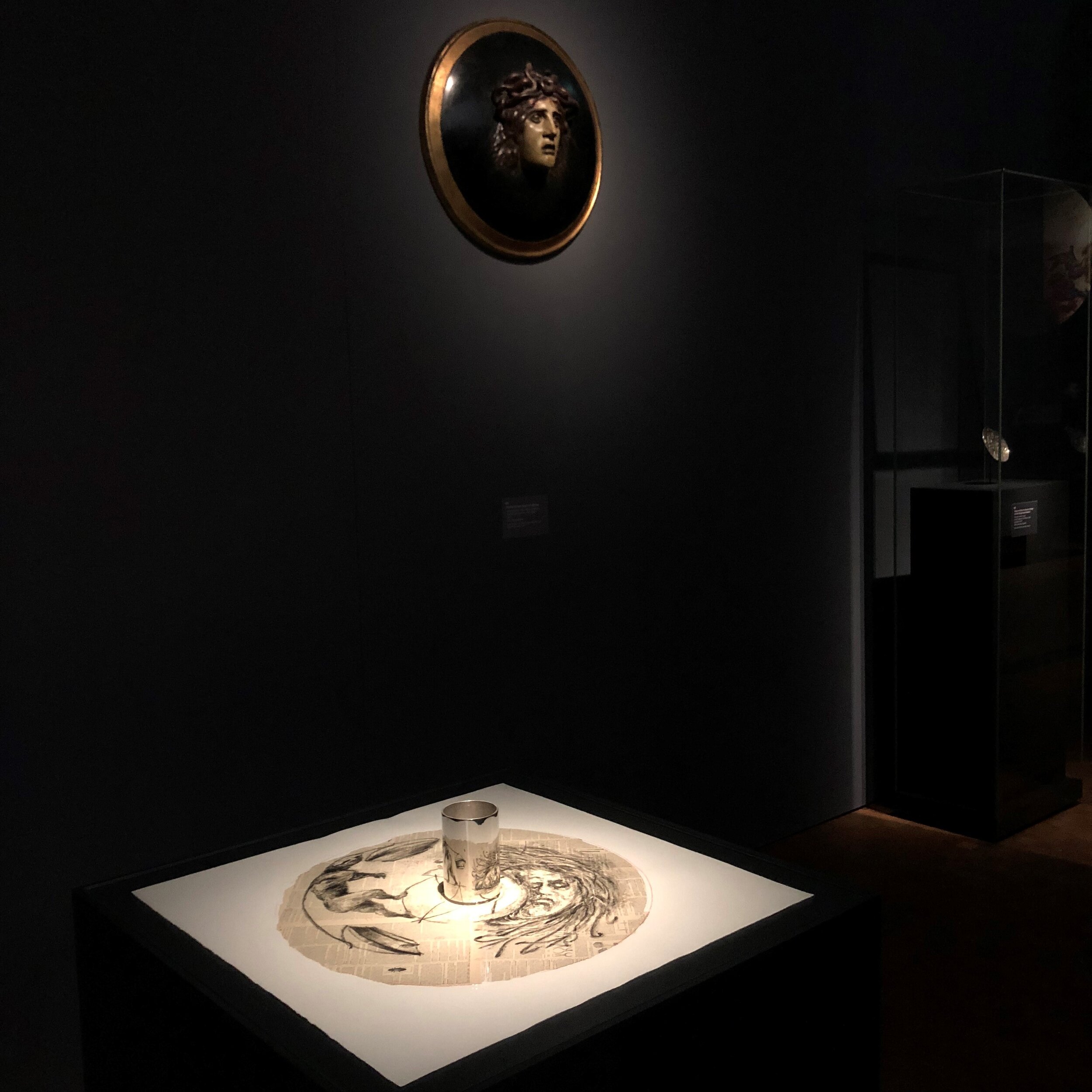William Kentridge
William Kentridge’s “Medusa” 2001, for Parkett 63 (images 1-4) on view in the exhibition MIRRORS – The Reflected Self at the Rietberg Museum in Zurich, May 2019.
The stunning exhibition takes an unprecedented global look at the cultural history of the mirror, stretching back thousands of years. In ancient Egypt, among the Maya of Mexico, in Japan, in Venice, as well as in the world of modern art and movies.
Over the ages civilizations across the globe have produced and relied on mirrors. The show looks at them in their quality as artefacts but also addresses themes such as self-awareness, vanity and wisdom, beauty, mysticism and magic, and, last but not least, the latest mirror craze, the selfie.
Kentridge’s anamorphosis is a distorted image that appears normal only at specific vantage points when looking at the mirror cylinder placed in the center of the circular drawing. In his interpretation of the reflection in the famous Greek Medusa myth, Kentridge was, like Perseus, able to avoid looking at Medusa directly in the eye and turning - yes - to stone by always looking in the mirror and not at the paper while drawing her.
The MIRROR exhibition catalogue notes in more detail about Kentridge‘s “Medusa” for Parkett 63 “William Kentridge succeeded in creating the most refined artistic interpretation of the reflection in the Medusa myth with an anamorphosis; a “distorted” drawing that can only be recognized with the aid of the mirror cylinder placed in the center of the circular drawing. Kentridge imaginatively used the catoptric anamorphosis with a mirror cylinder, a widely used instrument, for his Medusa image. He drew with charcoal using the reflection, always looking in the mirror and not at the paper. Kentridge, like Perseus, was thus able to avoid the dangerous direct view of Medusa! It is also noteworthy that Kentridge portrayed himself in the role of Medusa. The mirrored cylinder turns into Perseus’ mirrored shield, disenchanting Medusa’s dangerous stare, and the artist looks at us with a "harmless" gaze.
Excerpt from „Mirror“ catalogue on William Kentridge‘s „Medusa“ for Parkett 63 (German version): Die raffinierteste künstlerische Interpretation der Spiegelung im Medusa-Mythos ist William Kentridge (geb. 1955) mit einer Anamorphose gelungen, einer "umgeformten", verzerrten Zeichnung, die nur mit Hilfe des in der Mitte der Rundzeichnung platzierten Spiegelzylinders "entschluesselt" das heisst unverzerrt gesehn werden kann. Die katoptrische Anamorphose mit einem Spiegelzylinder, die sich grosser Beliebtheit erfreute, setzte Kentridge einfallsreich fuer sein Medusa-Bild ein. Er blickte beim Zeichnen stets in den Spiegel und nicht aufs Papier, führte also seinen Kohlestift beim Zeichnen mittels der Reflexion im Spiegel. Kentridge konnte so, wie einst Perseus, dem gefährlichen direkten Blick der Medusa ausweichen! Bemerkenswert ist auch, dass sich Kentridge selbst in der Rolle der Medusa portraitierte. Der Spiegelzylinder wird zum Spiegelschild des Perseus - und der gefährliche Blick der Medusa wird in der Spiegelung entzaubert. Mit "harmlosem" Blick schaut uns der Künstler an.
William Kentridge’s edition
Parkett Vol. 63





